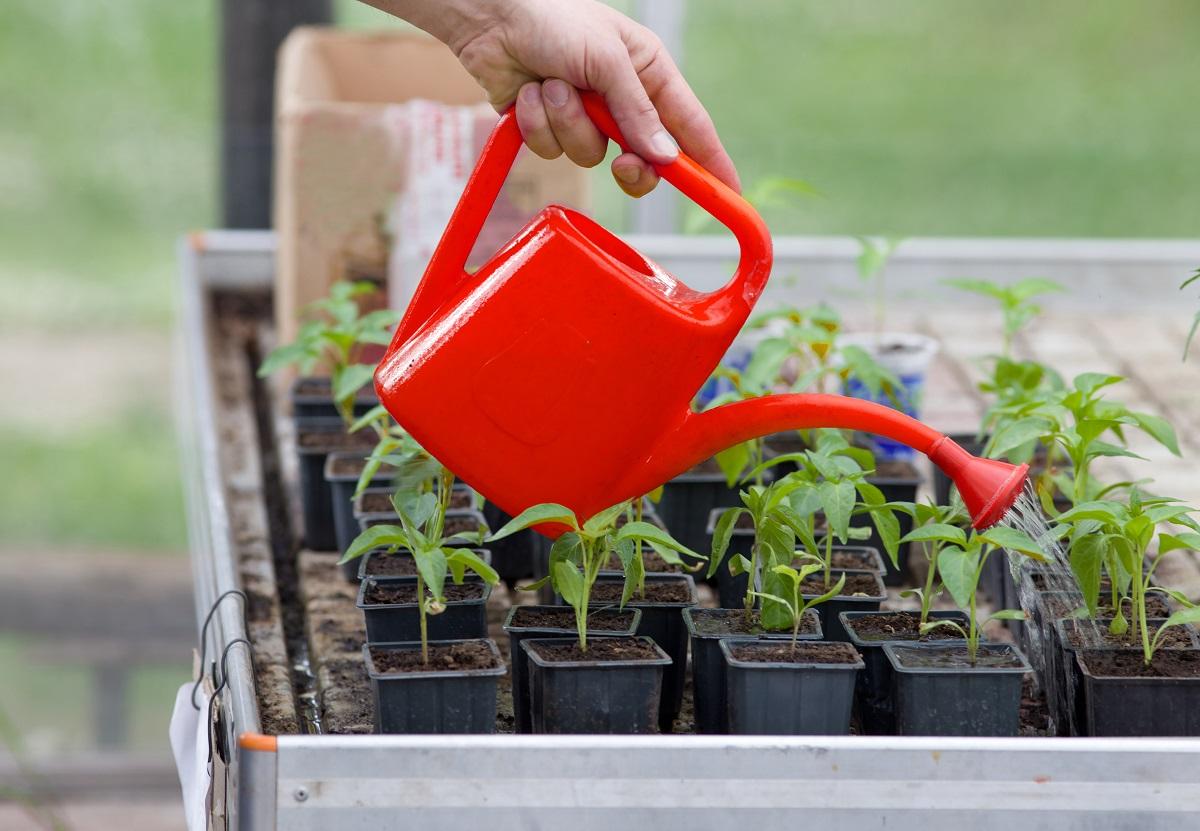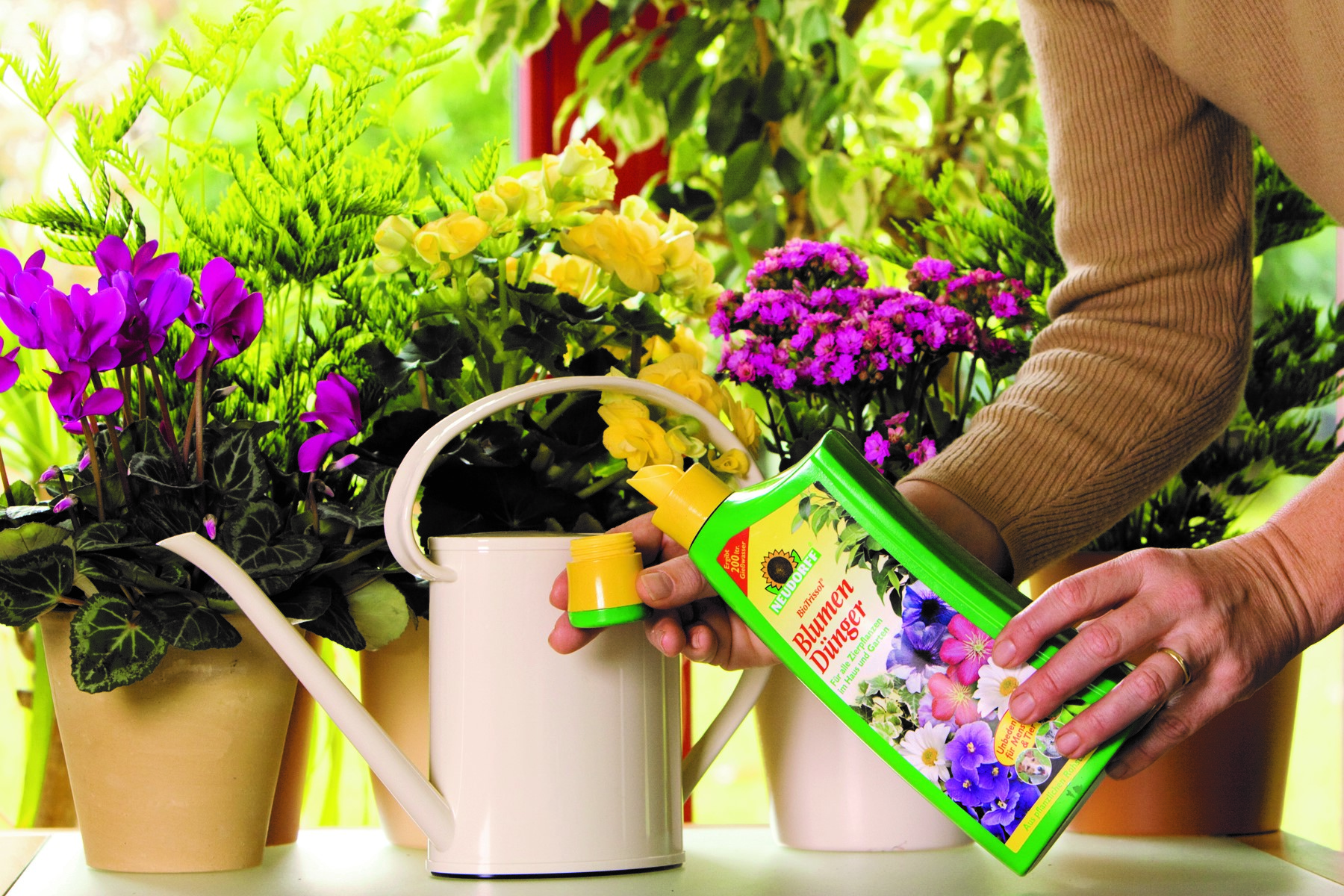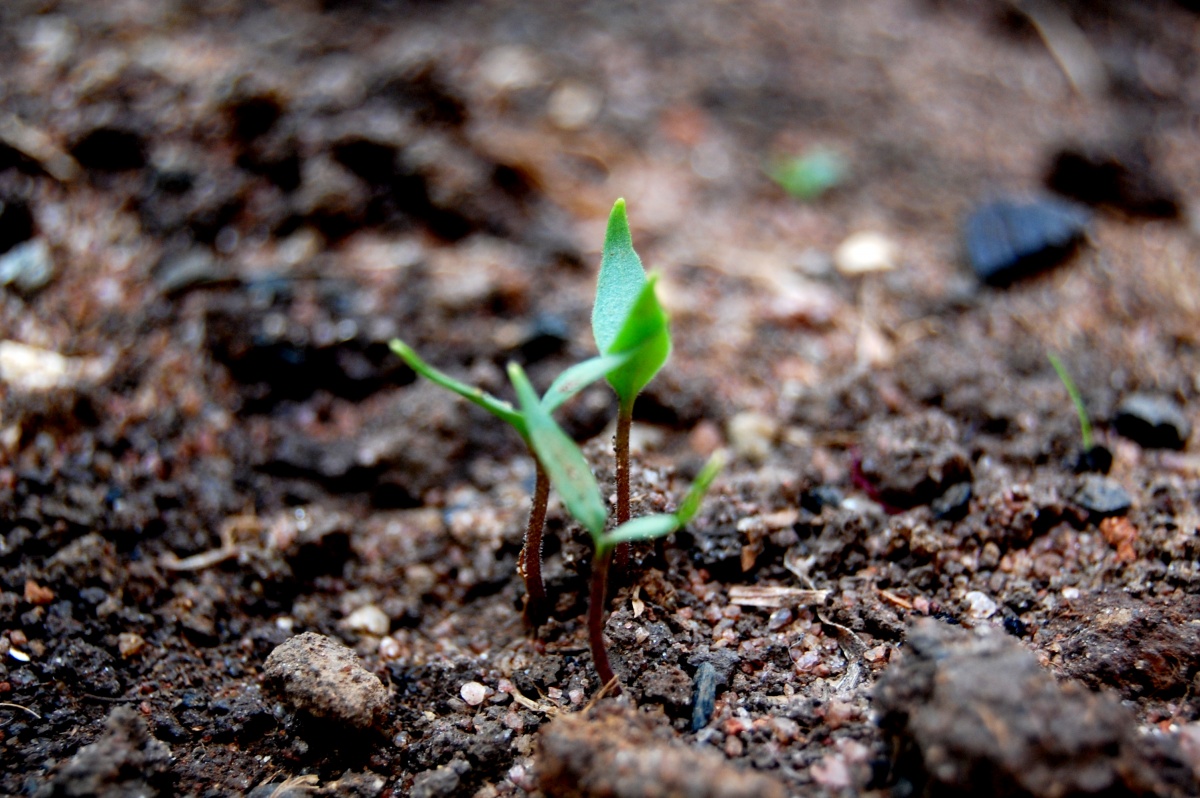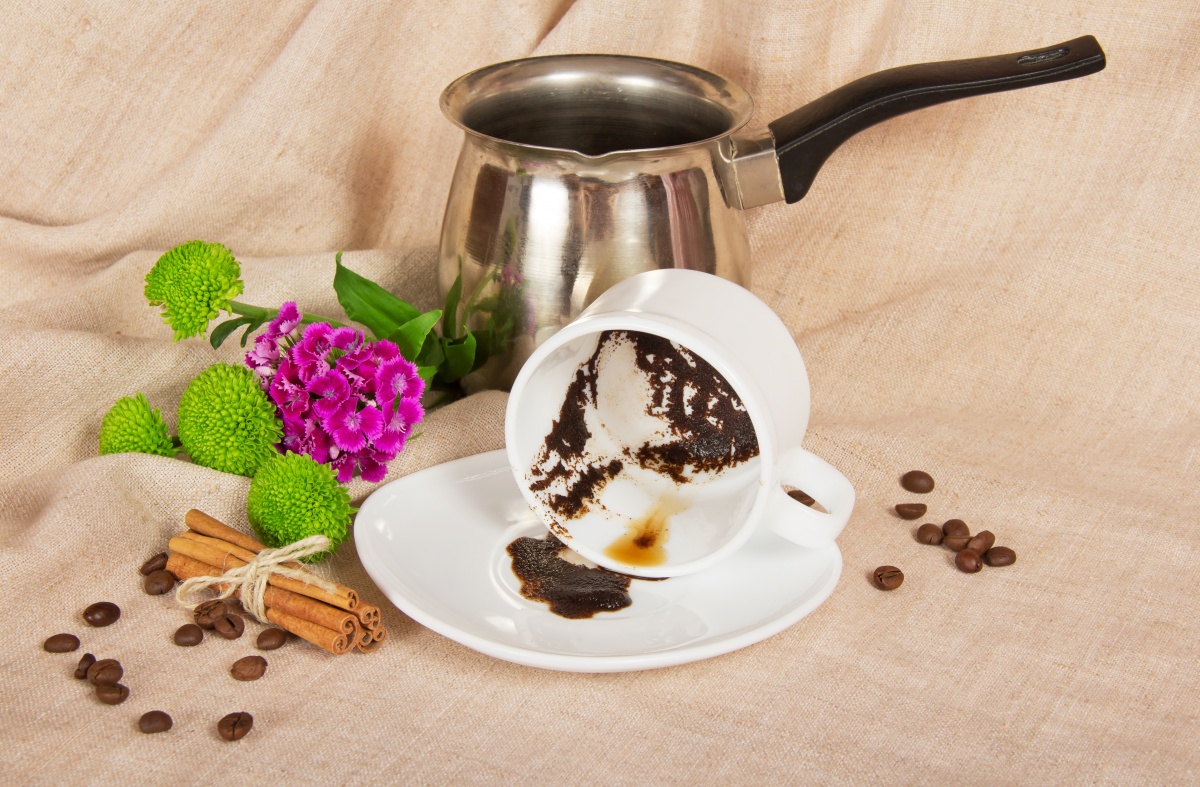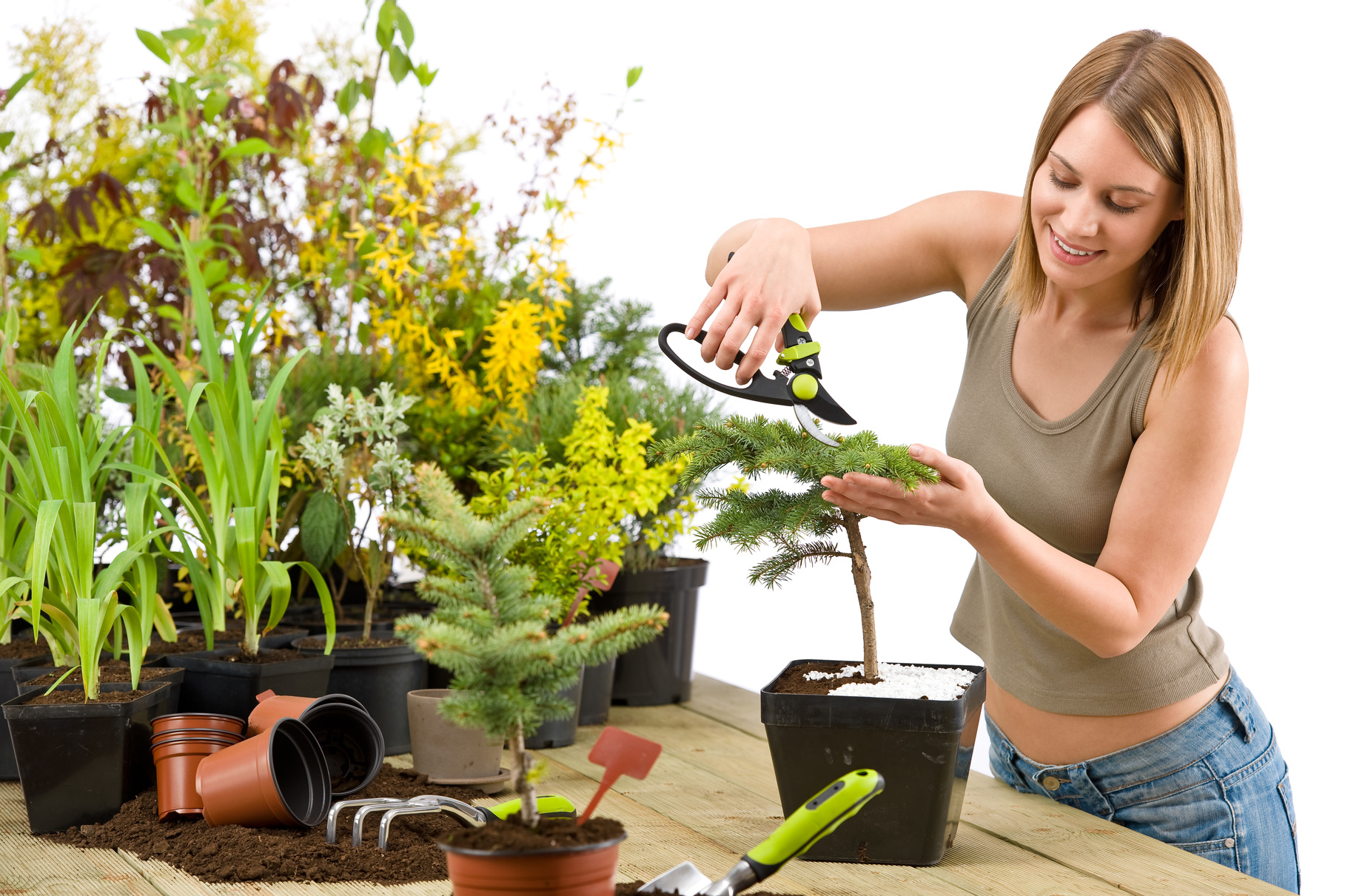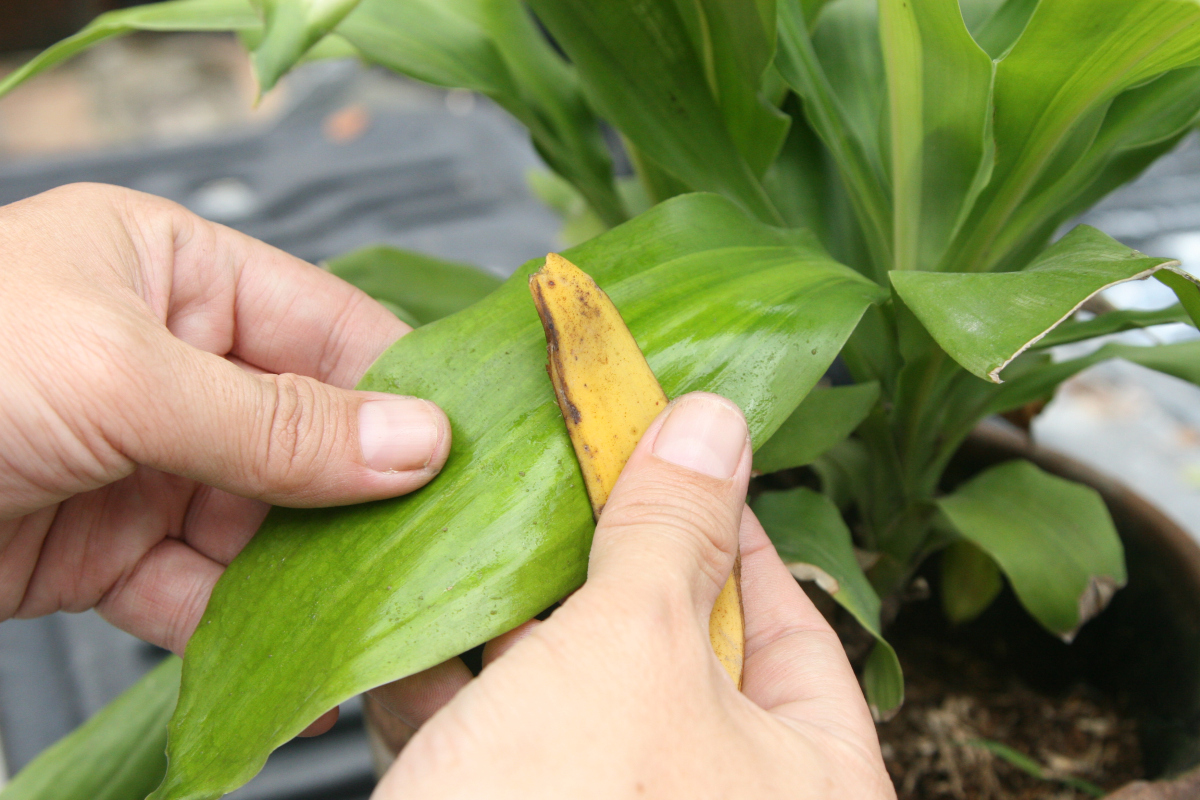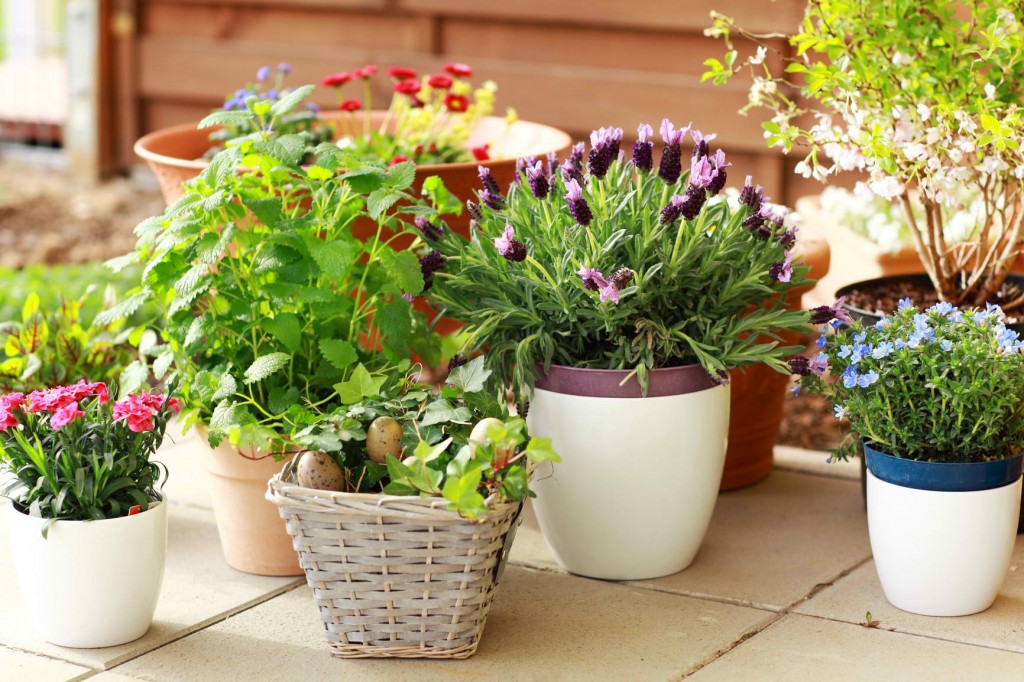Top dressing indoor plants: choose fertilizers
Content
The life of home flowers depends entirely on the actions of their owners. From improper care, indoor plants can not only not bloom, but even die. Fertilizing with fertilizers is a procedure that must be carried out regularly so that plants receive the nutrients they need. On the shelves of specialized stores you can see dozens of different fertilizers. Let's see how not to get lost among this variety.
Mineral fertilizers
Mineral fertilizers for indoor plants are extracted industrially from geological deposits and mountain minerals. Such top dressing is very easy to use: just study the packaging and follow the instructions. When choosing such a fertilizer, be guided by the actions of the chemical elements that make up the composition.
So nitrogen helps the growth of stems and leaves. This means that nitrogen fertilizer must be acquired when the leaves turn yellow, change the dark green color to faded or fall off. With a lack of phosphorus, flowering begins later than the due date or the buds are completely wrinkled and die. Lack of potassium leads to the formation of brown spots on the leaves. Magnesium deficiency leads to chlorosis of the leaves (they turn very pale).
If you do not know for sure the name of your plant and because of this you can not choose a composition suitable for this particular type of plant, do not be discouraged. Give preference to universal mineral fertilizer. It was created specifically to meet the needs of most species. Of course, this option will be less effective than a specially designed composition. So carefully observe the reaction of the flower to top dressing and vary the amount of the drug.
Organic fertilizer
Organic fertilizers for indoor plants - solid and liquid excrement of domestic animals and birds (both in pure form and mixed with straw), peat bogs, composts. Organics do not need to be personally collected and harvested, because in any specialized store such fertilizers can be purchased in the form of solutions, powders or compressed tablets. Compounds of animal or plant origin contain all the necessary macro- and microelements for plants.
Manure
Manure is a storehouse of useful elements. It contains nitrogen, potassium, calcium, magnesium, manganese, phosphorus, etc. This is one of the most affordable and popular types of fertilizing. It is used both for garden and indoor plants. Mullein and horse manure are suitable for the latter.
Important: waste of pets for feeding flowers can not be used!
The downside for home use is the unpleasant odor. Indoors it is better to refuse from a foul-smelling fertilizer. An alternative would be manure in the form of an organic concentrate.
Humus
It contains a lot of valuable bacteria, which significantly improves the structure of the soil. There are two types of humus: leaf and dung. The first is obtained after the decomposition of leaves and weeds. The second is a mixture of manure and land. Dung is considered more nutritious, but both types are suitable for dressing indoor flowers. Humus is added to the soil during transplantation.It should not be more than a third of the total amount of soil mixture. Remember that after this you should refrain from applying other fertilizers for a period of at least a month.
Peat
This material is a vital product of swamps. In structure, it resembles tobacco. Saturated with various minerals: potassium, calcium, iron, magnesium, phosphorus, etc. Also in the composition there are gummed acids that positively affect growth. Peat is often present in finished substrates. therefore, before adding it to the pot, study the composition of the purchased land and make sure that it is no longer there.
Organic fertilizers are recommended for fast-growing plants.
Natural fertilizer
Fertilizer for indoor plants at home is easy to prepare using conventional products that can be found in any kitchen. Learn time-tested recipes for the most effective top dressings.
Coffee
Coffee as a fertilizer for indoor plants is used by many gardeners. It is believed that sleeping coffee makes the soil more loose and helps to enrich the substrate with oxygen. At the same time, coffee grounds, which are used as fertilizers, increase the acidity of the soil, and this negatively affects many indoor flowers, so this dressing should be carried out carefully for certain plants: azaleas, roses, hydrangeas and for different evergreen species. Application: dried thick mixed with soil mixture.
Bow
Do not rush to throw away husk from onions, if you want to rid your home plants of diseases and pests. It is very simple to prepare liquid fertilizer from onions: pour a handful of husk with a glass of water and insist 5 days. Then water the inhabitants of your flower pots with this mixture. This option is also suitable for the cold season, since the solution contains a small amount of nutrients, so that overfeeding is impossible.
You can also make onion broth. A handful of husk is taken per liter of water. On low heat, the composition is boiled for 10 minutes, after which it is allowed to cool. After filtering, they can be watered with soil or used to spray leaves.
Please note that fertilizer from onions must be used immediately, and before each use, prepare a fresh tincture. Top dressing is carried out no more than once every two months.
Banana
Banana peel is often used as a fertilizer for home flowers. Banana skins contain many nutrients, but they are especially rich in potassium.
Banana fertilizer can be made in several ways. Let's talk about the two most popular recipes:
- The banana peel must be filled with a glass of water and set aside in a dark place until foam forms on the surface. Ready mixture to water the plant 2 times a month.
- Wash and dry a fresh banana skin. Then grind with a blender or with a coffee grinder. The resulting powder is poured once a month onto a substrate and watered with water.
Indoor plants respond well to dressing made from banana. It is recommended to use it during transplantation.
Eggshell
Egg shells as fertilizer are often used by housewives not only in the garden, but also for indoor plants. However, many experts believe that calcium, which is rich in shells, is not needed by home flowers, and its excess can even contribute to the occurrence of chlorosis.
Such top dressing should be used carefully and in small doses. From the shell of the eggs make an infusion. The dried shell is ground in a blender and poured with warm water in a ratio of 1 to 5. The mixture is infused for at least a week, stirring occasionally. Once a month, this infusion is used during watering.
The shell can also be used as drainage and baking powder. It is crushed and poured to the bottom of the flower pot during transplantation with a layer of 2-3 cm. This will ensure normal circulation of water, not allowing it to stagnate.
Ash
Wood ash as a fertilizer is an effective tool to improve the growth and duration of flowering. The ash contains many useful nutrients, which not only gives plants additional energy for growth, but also protects them from diseases.
To make such a powerful and safe fertilizer is very easy. Dissolve 3 teaspoons of ash in a liter of warm water. The solution is infused for 5-7 days. Then they are watered with plants every 2 weeks. Especially such liquid top dressing is loved by begonias, geraniums, balsamines and cyclamen.
Yeast
Yeast is a popular folk fertilizer for indoor plants. They contain hormones, which contributes to active growth. It is recommended to use yeast top dressing 3 times a year: in the spring to activate growth or during transplantation, the summer period to improve flowering, in the fall to saturate the soil before wintering.
For 1 gram of dry yeast, take a teaspoon of sugar. The mixture is poured with a liter of warm water and infused for 2-3 hours. Before pouring a ready-made solution of flowers, add another 5 liters of water to it.
Rules for feeding indoor flowers
A few recommendations that any grower should know:
- Excess nutrients are more harmful than their deficiency. When feeding a plant, do not overdo it, otherwise it will lead to its death.
- The soil must be prepared in advance for fertilizer. Two hours before dressing, water the soil with room temperature water until it is completely saturated. If you do not, you will burn the root hairs.
- A flower that has recently moved to a new pot cannot be fertilized for one and a half to two months.
- You can only feed plants in the active phase of growth (spring, summer). During the flowering period, dressing should begin only after the appearance of buds. Winter is a time of rest. The lack of natural light affects the absorption of nutrients, so fertilizers will accumulate in the substrate, causing damage to the plant.
- Top dressing is given in the evening, after watering. Foliar fertilizers are sprayed in the morning.
- Sick and young plants can be fertilized only with weakly concentrated solutions so that the roots can absorb nutrients and not suffer from their excess.
- Only carefully thought-out and balanced feeding will benefit and prolong the life of your green favorites.
You have learned about the most famous mineral, organic and home nutrition. Decide which fertilizer is best for your indoor plants, and enjoy the healthy look of the beautiful inhabitants of window sills.

